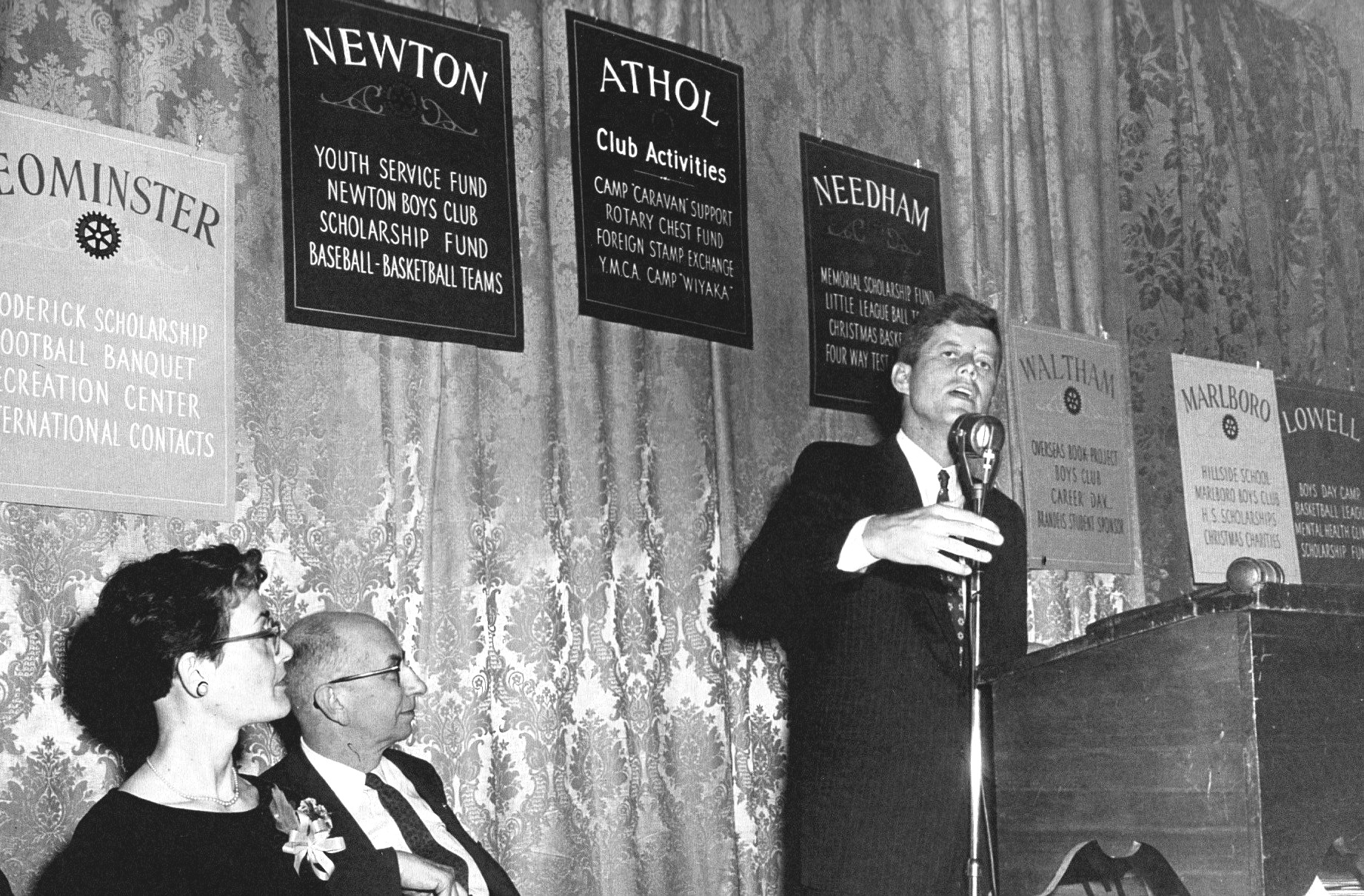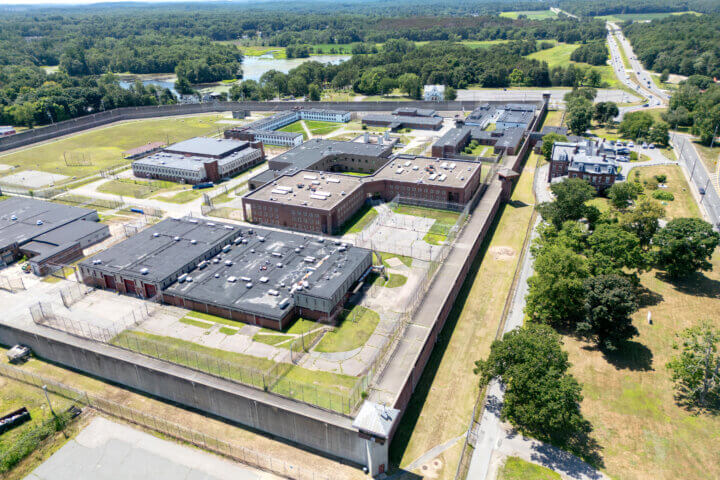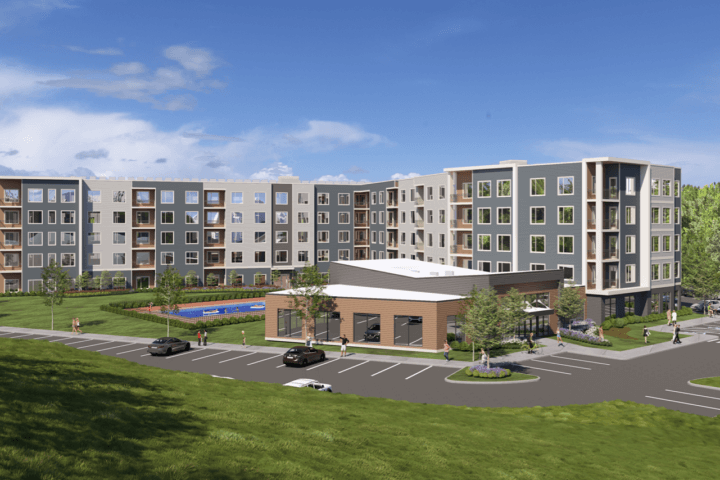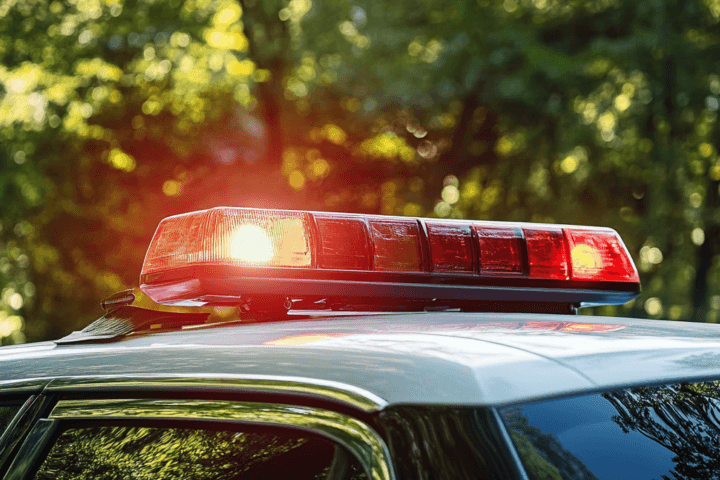By Christine M. Quirk — Christine@concordbridge.org
John F. Kennedy spoke here. Gino Cappelletti trained here. Just last year, a movie was filmed here.
And, of course, Concord men went to war from here — the Concord Armory on Everett Street.
The Armory was built in 1915 for the National Guard, and served soldiers through 2012. But from the beginning, it was intended to be part of the Concord community.
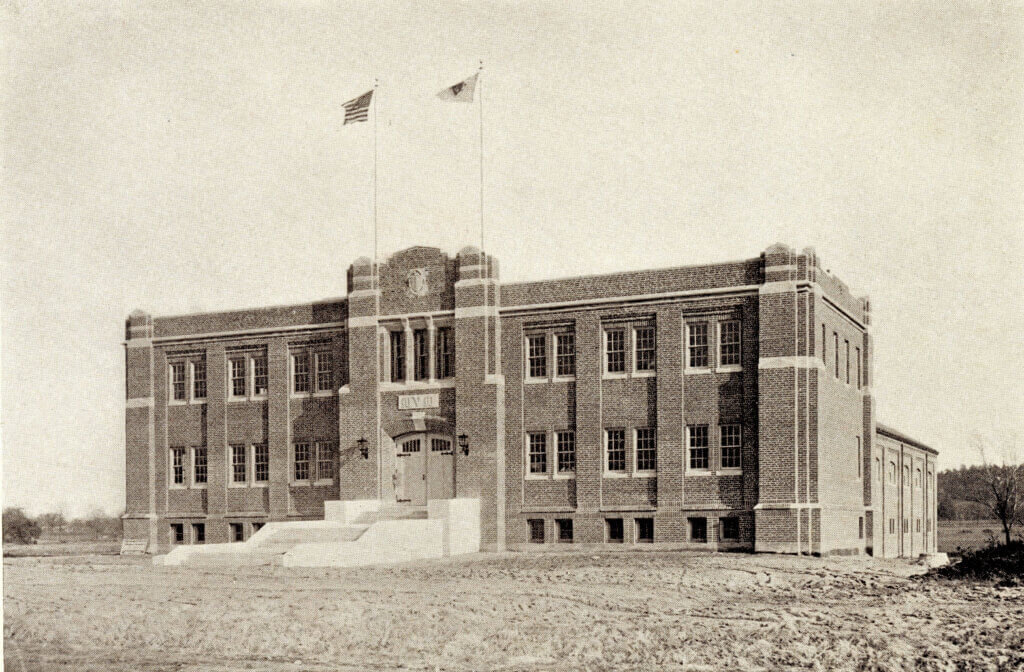
“The armory was available for rental,” said Lieutenant Colonel Geoffrey Love, the director of historical services for the Massachusetts National Guard and the curator of the National Guard Museum.
“There were literally thousands of high school graduations, rummage sales, auctions, dinners, meetings, [and] sporting events. Classes were held here. … If you go back to the newspapers, you’ll see every week, something was happening here.”
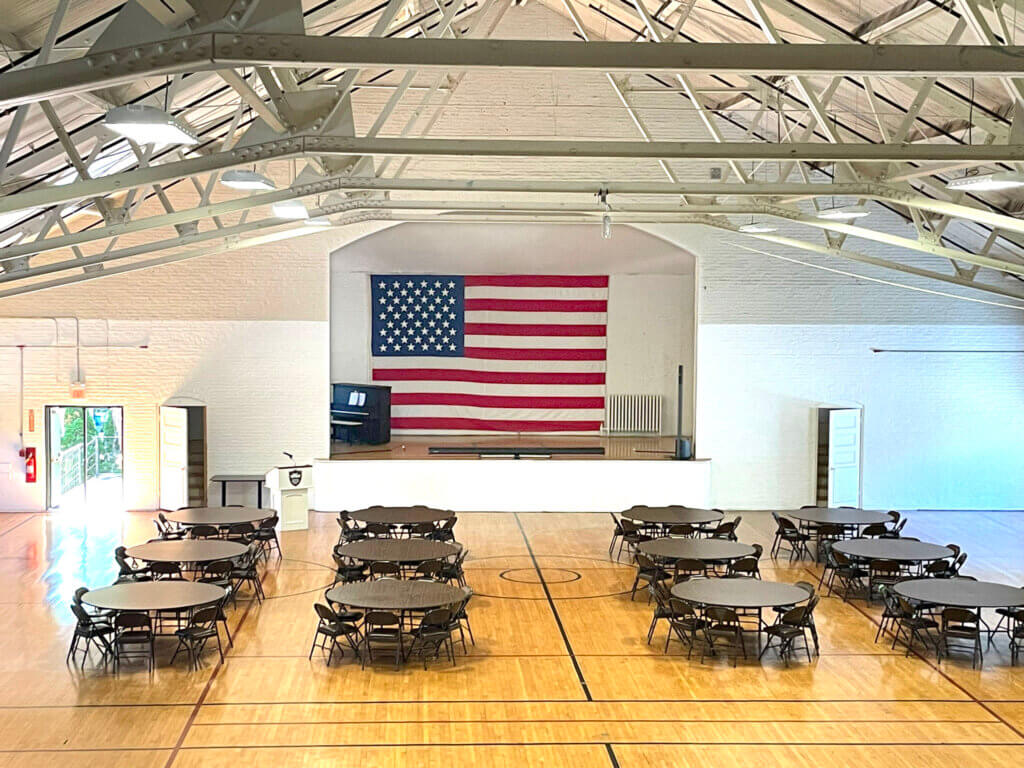
Photo by Christine M. Quirk
A rich and storied history
No longer an active armory, the original rooms are being repurposed: The gun cleaning room is now used for storage. Former lockers house books. A supply room has become a photo booth to document artifacts.
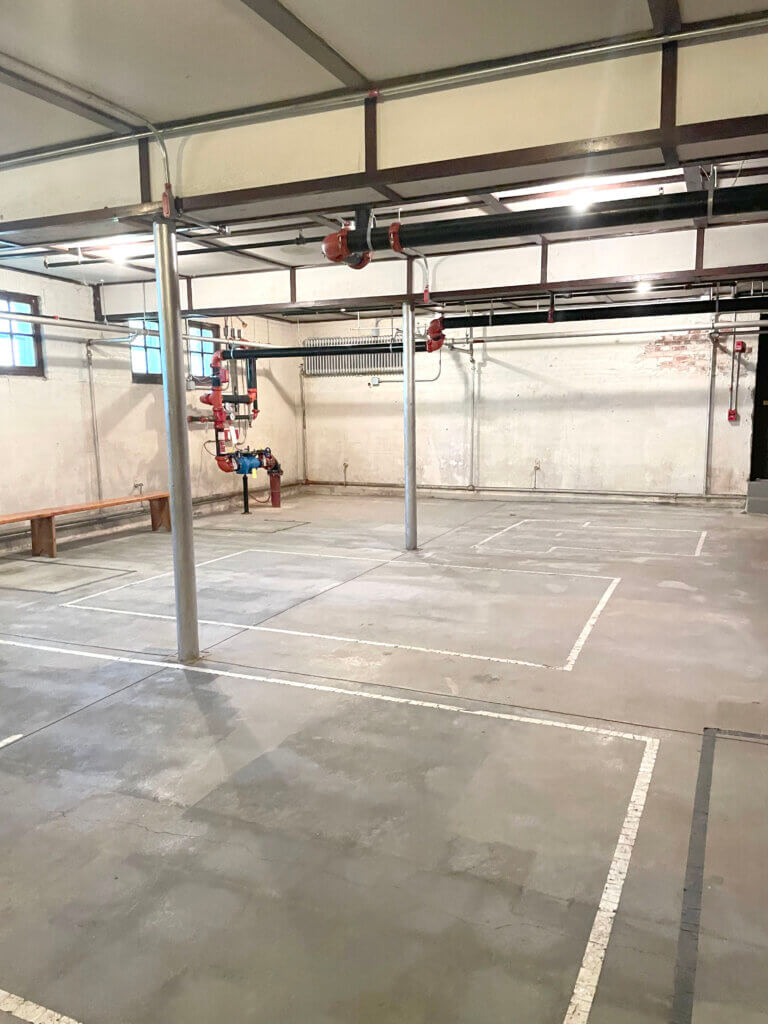
Photo by Christine M. Quirk
Two rooms were recently turned into movie sets during the filming of “Ellen Garrison: Scenes from an Activist Life.” The company room was made over into Garrison’s classroom; the reception room was converted into a train station.
The Armory was the original home of the New England Patriots, then called the Boston Patriots, who spent four months there in the fall of 1960. The training room and shower room are still in the basement.
“They trained on Emerson Field and used the Armory for their locker room and their meetings,” Love said.
The building’s largest room is the drill hall — a space with both basketball hoops and a stage — that was recently used for voting. But Love said for the first ten years, the hall functioned as the local movie house.
“The company under Michael Dee, the first commander, showed movies to raise money to buy furniture for the Armory,” Love said. “After they purchased furniture and when they came back from WWI, the movies continued, and they donated that money to the Red Cross.”
The room also held dances and concerts, as well as Town Meetings.
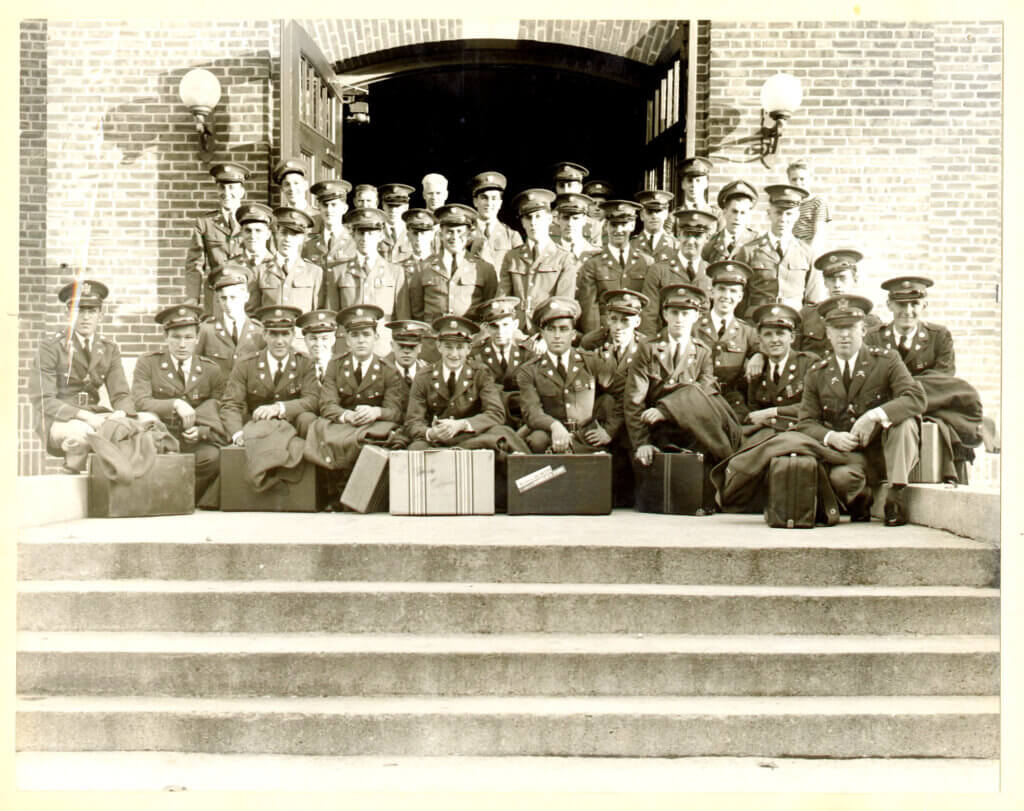
Photo from the Armory’s collection
“I’ve had people come into the Armory, older folks, who grew up coming [for] dances, concerts, and Town Meetings, sharing their memories with me,” Love said. “They said the kids would sit on stage and up in the balcony so they could observe but not be seen or heard.”
Other notables include John F. Kennedy, then the state’s senator, who spoke in 1958 at the district Rotary Club meeting. General Omar Bradley gave a speech in 1950.
The first taping of the U.S. version of “Antiques Roadshow” happened in the drill hall; the show was taped in June 1996 and aired in March 1997.
“There’s a lot of history in this room,” Love said.
A future museum
The building is now a repository for National Guard treasures, and with its extensive collection of National Guard artifacts and other military objects, permanent exhibits are planned in the next few years.
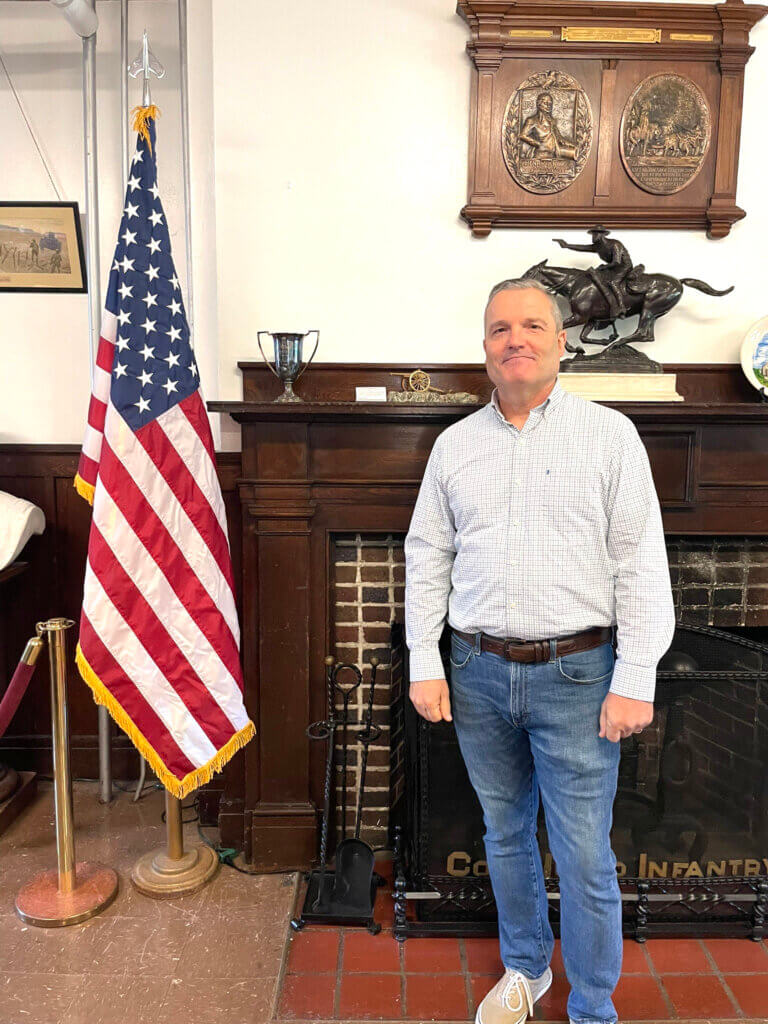
But first, HVAC — heating, ventilation, and air conditioning.
“This is a 1915 building that has forced hot water heating and no air conditioning, which has been perfectly appropriate for the past century, but for a museum, we want climate control, not only to preserve our collection but also to preserve our visitors,” Love said.
The work will not begin until May 2025, after the 250th celebration, to have the building open for the festivities.
“We’re working toward a more stable set of hours,” Love said, who added that visitors may come by now by appointment.
“We want to be able to be able to support whatever festivities might come our way. … We’re also preserving that civic function by reopening the Armory to the public.”


